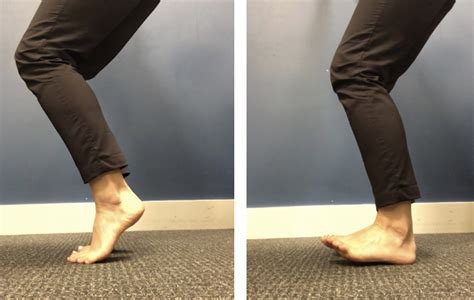The Ultimate Guide to Warm Feet for Skiers: Conquer the Chill and Conquer the Slopes
Freezing feet are a skier's worst nightmare. They can ruin a day on the slopes, turning an exhilarating experience into a painful ordeal. But fear not, fellow skiers! This comprehensive guide will equip you with the knowledge and strategies to keep your toes toasty warm, no matter the conditions. We'll cover everything from choosing the right socks and boots to understanding the science behind cold feet and adopting preventative measures.
Why Do My Feet Get Cold While Skiing?
This is a question many skiers ask, and the answer isn't always straightforward. Several factors contribute to cold feet on the slopes:
-
Moisture: Sweat is the enemy of warmth. Wet socks wick heat away from your feet far more efficiently than dry ones. This is exacerbated by the exertion of skiing and the potential for snow melt seeping into your boots.
-
Poor Circulation: Cold temperatures constrict blood vessels, reducing blood flow to your extremities. If you already have poor circulation, you're more susceptible to cold feet.
-
Inadequate Insulation: The wrong boots or socks, or even insufficient layering of socks, can leave your feet exposed to the cold.
-
Incorrect Boot Fit: Boots that are too tight restrict blood flow, while boots that are too loose allow for movement and the creation of cold spots.
-
Underlying Medical Conditions: In some cases, persistently cold feet could indicate an underlying medical condition. Consult a doctor if you consistently experience this issue.
Choosing the Right Ski Socks: The Foundation of Warmth
Ski socks are not created equal. Investing in high-quality, performance socks is crucial for maintaining warmth. Look for socks made from materials like merino wool or synthetic blends designed for moisture-wicking. Avoid cotton socks, as they absorb moisture and retain it, leading to cold, damp feet.
Key features to look for in ski socks:
- Merino wool: Naturally odor-resistant, moisture-wicking, and temperature-regulating.
- Synthetic blends (polyester, nylon): Durable, quick-drying, and offer excellent moisture-wicking properties.
- Cushioning: Provides extra comfort and protection against friction and pressure points.
- Mid-calf or over-the-calf length: Prevents bunching inside the boot.
- Seamless toe: Minimizes friction and potential hot spots.
Selecting the Perfect Ski Boots: A Snug, but Not Too Snug, Fit
Your ski boots are the second crucial component in keeping your feet warm. Proper fit is paramount. Boots that are too tight will constrict blood flow, while boots that are too loose will allow cold air to seep in and create movement, which reduces insulation.
Tips for proper ski boot fitting:
- Professional fitting: Visit a reputable ski shop for a professional boot fitting.
- Fit your boots at the end of the day: Your feet will swell throughout the day, so this will ensure a more accurate fit.
- Consider custom footbeds: These can improve comfort and reduce pressure points, enhancing circulation.
- Don't overtighten your boots: Find a balance between a snug fit and comfortable circulation.
Layering for Optimal Insulation: The Power of Multiple Layers
Layering your socks can actually be beneficial. A thin liner sock made of a moisture-wicking material, followed by a thicker, insulated sock, can trap warm air while wicking away moisture. However, over-layering can lead to constriction and discomfort, so find a balance that works for you.
Additional Tips for Warm Feet on the Slopes
- Warm up before skiing: Get your blood flowing before heading out onto the slopes.
- Take breaks: Allow your feet to warm up periodically during the day, particularly in colder conditions.
- Use boot warmers: Chemical or electric boot warmers can provide extra warmth, especially during extended ski trips.
- Bring extra socks: Pack extra pairs of dry socks to change into if your feet get wet.
- Consider waterproof boot covers: These can provide an extra layer of protection against snow and moisture.
What to do if your feet are already cold?
If your feet are already cold, don't panic. Here's what you can do:
- Get out of the cold: Find a warm place to rest and allow your feet to warm gradually.
- Remove wet socks: Change into dry socks immediately.
- Massage your feet: Gently massage your feet to improve circulation.
- Drink warm liquids: This helps warm your body from the inside out.
- Seek medical attention if necessary: If your feet remain cold despite these measures or if you experience any numbness or tingling, seek medical attention.
By following these tips and strategies, you can significantly reduce your chances of suffering from cold feet while skiing. Remember, proper preparation and the right gear are key to a comfortable and enjoyable day on the slopes. So, get out there and conquer the chill – your warm feet will thank you!

